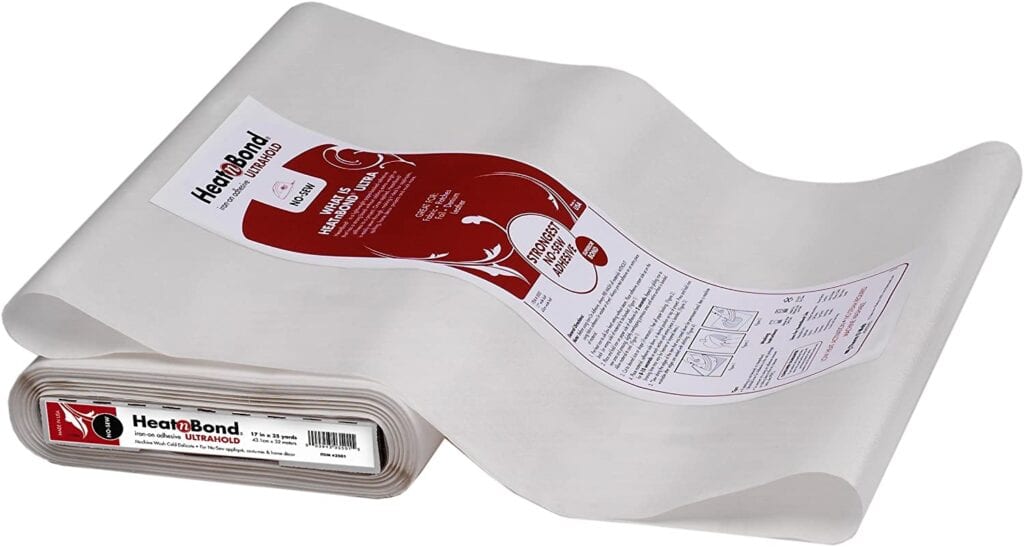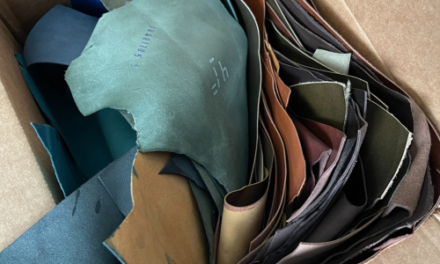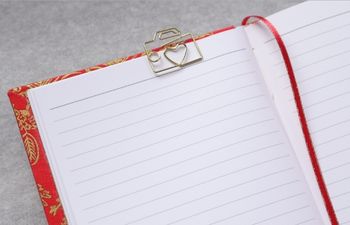If you Google “how to make your own book cloth,” you’re bound to see results talking about HeatnBond. So, is HeatnBond good for making book cloth? The short answer is: Yes and no. Let me explain.
Water-resistance is key
To turn your favorite fabrics into book cloth, you need to add a water-resistant layer to prevent PVA adhesive from seeping through the fibers during the case making process.
HeatnBond seems like the perfect fix, since it’s an acid-free, iron-on adhesive. The heat from the iron melts the glue just enough to weave it through cloth fibers, creating a water-resistant layer between the fabric and the book board. This is what we want, right? Almost.

The trouble with HeatnBond & PVA
HeatnBond and PVA don’t mix (literally). The two substances will just sit on top of one another, which can trap air and cause bubbles in your book cover over time. To prevent this, we need something for both adhesives to grab onto. The simplest answer (as with all things in book making) is paper.
While the HeatnBond is still warm, cover it with a layer of tissue paper. Gently run the warm iron over again, sealing the tissue paper to the HeatnBond adhesive layer. Let the cloth cool completely before using and that’s it – you’re done!
What kind of HeatnBond is best?
Any HeatnBond will work as long as it’s acid-free. I’ve used Ultra, Lite and Stretch. All of them worked great. My favorite would have to be “lite” because the cloth remained very flexible for turning corners.
What kind of tissue paper is best?
The type of tissue doesn’t really matter as long as it’s thin (to avoid adding bulk) and acid-free. Washi, tissue and rice paper are just a few that you can try.
Are there alternatives to HeatnBond?
Yes, I personally back my cloth using Japanese Unryu (rice paper) and wheat paste. I prefer this method because the substances are natural and organic, which can increase the longevity of the book. It’s also less expensive overall, which is important because I back a lot of cloth for my books.
There are other brands similar to HeatnBond that will also work, but I have not tried them and cannot personally attest to how well they work.
Hope this post helped you make a decision about whether or not to try the HeatnBond method. Good luck!
More bookbinding goodness
✨ What tools do I need to get started bookbinding?
- Bookbinding Tools & Supplies Quick Start Guide – learn all about book making tools, which to buy first & where to go online
- Pick up my popular Complete Starter Bookbinding Tools Kit – all the bookbinding essentials in one spot
🌟 Looking for a simple way to start making books?
Try a Complete Book Materials Kit. Each one has everything you need (+ tutorials & videos) to make a beautiful book without all the fuss.
Thank you for taking me along on your book making journey!
Misty












